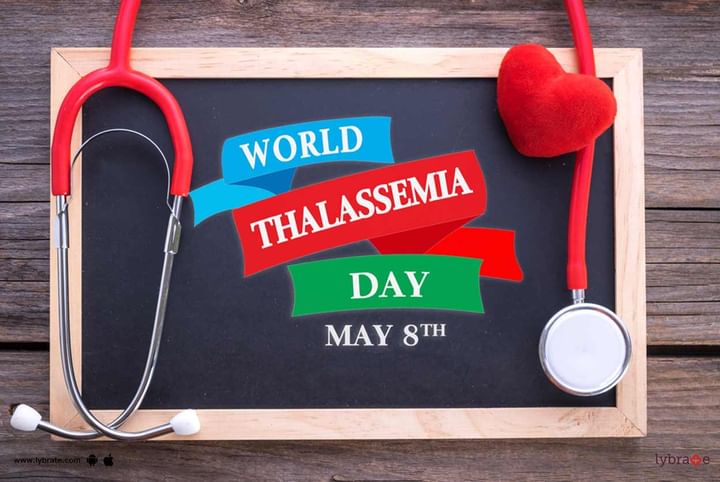World Thalassemia Day - Why It Is Celebrated?
Thalassaemia is one of the most difficult hereditary diseases to live with. Even though there is no cure, parents can prevent their child from being born with this terrible disease if they are careful. Thalassemia is a blood illness. It is an inherited disorder. If even one parent is a carrier of thalassemia, the child will be born with this blood disorder. Our blood contains haemoglobin - a protein molecule. It carries oxygen to all parts of the body. But some people are born with an unnatural form of haemoglobin or certain important fragments of their gene are deleted. This destroys healthy red blood cells and thalassemia sets in.
However, preventing the spread of disease in the world has proven difficult due to the lack of proper awareness about the condition. This is why the World Health Organization established May 8th as World Thalassaemia Day.
Importance of World Thalassaemia Day
World Thalassemia Day is celebrated on 8th May, every year. It is also a day when the medical organizations around the world come together to plan and raise awareness about the disease. Camps are set up in various cities and villages to educate people about the dangers of Thalassaemia and teach them about prevention measures of it.
It has a two-fold purpose. Firstly, on this day, we commemorate the people who lost their lives to thalassemia but are still cherished in our hearts. Secondly, this day is all about spreading awareness regarding this illness and extending support to people who have been diagnosed with thalassemia. The more people know about thalassemia, the more equipped they would be to deal with the illness. And eventually, the world will be able to eradicate this disease. With that in mind, let us understand thalassemia better.
Aside from spreading awareness, there are other important reasons for celebrating World Thalassaemia Day. These include -
- To motivate healthy people in the world to donate blood regularly in order to reduce the suffering of patients of Thalassaemia
- Motivating doctors to take care of the special needs of such patients
- Motivating people suffering from the disease to undergo treatment, as soon as they can, to reduce complications
- To motivate the government of various countries around the world to build better health care facilities for people suffering from Thalassaemia
- To reduce Thalassaemia related deaths around the globe
What are the symptoms of thalassemia?
Thalassemia has some distinctive symptoms. They may vary from one individual to the next but every patient experiences a combination of these symptoms-
- Deformities of bones, noticeable especially in the face
- Pale skin
- A slow rate of growth of the child
- Constant fatigue
- Darkish urine
- Infections
- Appetite loss
The symptoms usually manifest in late childhood or early adolescence.
Treatment of thalassemia - The most widely-prescribed mode of treatment is blood transfusion and intake of iron supplements so that your body has enough haemoglobin. At the same time, you will undergo chelation to drain the extra iron from your body. A bone marrow transplant can treat thalassemia in children.
Some of the utilized treatments include:
- blood transfusions
- a bone marrow transplant (BMT)
- medications and supplements
- possible surgery to remove the spleen or gallbladder
This World Thalassemia Day let us promise to get tested before we have children and do everything in our capacity to help those who have to live with the illness.



+1.svg)
